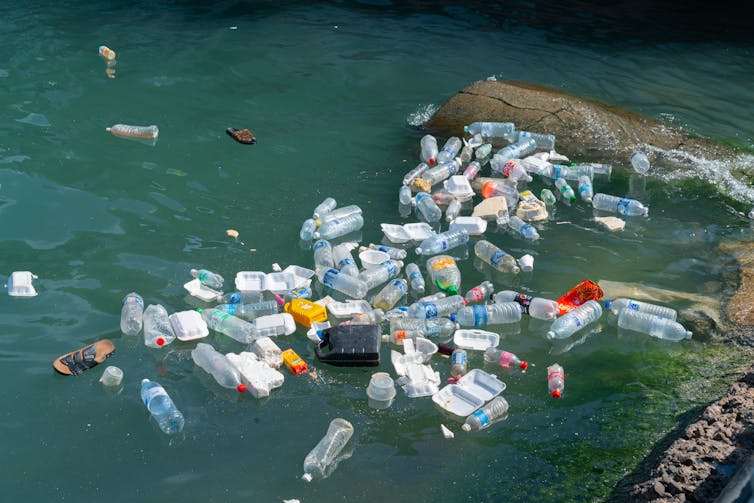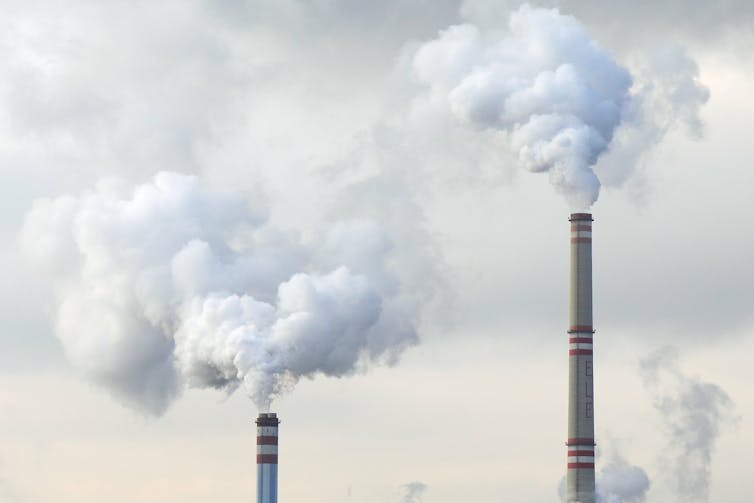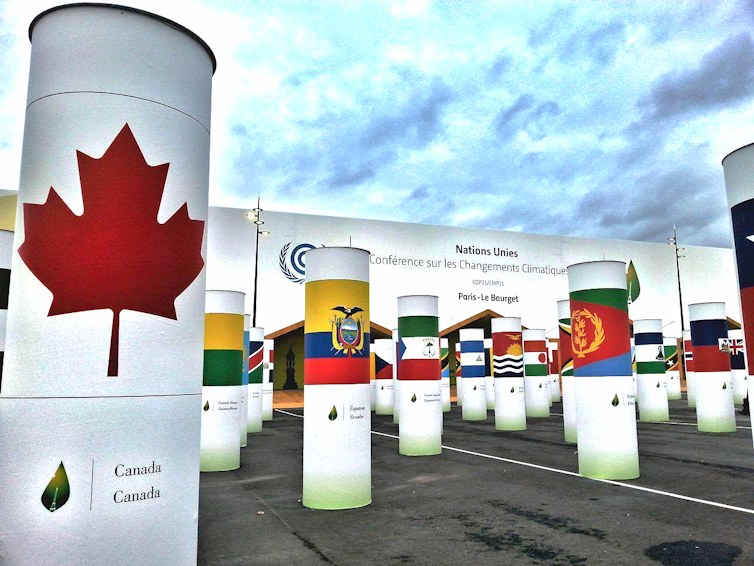With gold-colored Trump statue, conservatives show fealty to former president
A golden statue of the former president, showing he remains a Republican political force despite violent scenes in Washington last month.
- Reuters
- Washington
- February 28, 2021

US conservatives praised Donald Trump at an annual gathering on Friday, even unveiling a golden statue of the former president, showing he remains a Republican political force despite violent scenes in Washington last month.
Prominent congressional conservatives - including Senators Ted Cruz, Tom Cotton and Josh Hawley and Representatives Steve Scalise and Matt Gaetz - were among the Trump loyalists speaking at the Conservative Political Action Conference in Orlando, Florida, which the former president will address on Sunday.
“Let me tell you something: Donald Trump ain’t going anywhere,” said Cruz.
Trump’s tumultuous final weeks in office saw his supporters launch a deadly attack on the U.S. Capitol on Jan. 6 in an attempt to block Congress from certifying Democratic President Joe Biden’s election victory, a win that Trump falsely claimed was tainted by widespread fraud.
If there was any doubt that CPAC this year was devoted to Trump, the gold-coloured statue of the former president, dressed in a jacket, red tie and Stars-and-Stripes boxing shorts, was on display at the conference site.
Two participants wheeled the larger-than-life statue through the conference centre lobby, according to a video on social media. It was unclear why the statue, showing a cartoonish version of Trump with an oversize head, was there.
The statue drew instant derision online, with commentators comparing it to the golden calf that enraged the prophet Moses in the Old Testament.
“Idol worship isn’t conservative. #RestoreOurGop,” Representative Adam Kinzinger, one of 10 House Republicans who voted to impeach Trump on a charge of inciting the Jan. 6 attack, said on Twitter.
Gaetz declared himself part of the “pro-Trump, America First” wing of the conservative movement. “We’re not really a wing, we’re the whole body,” he said.
He also appeared to forecast a future role for Trump, who is pondering another run for president in 2024: “Trump may not have drained the swamp all the way yet.”
U.S. Senator Rick Scott, a Florida Republican who may run for the party’s presidential nomination in 2024, sought to thread the needle between pledging loyalty to Trump and signalling his aspirations for higher office.
He said “President Trump has flaws” but that he had made the party more approachable for working-class Americans.
“We will not win the future by going back to where the Republican Party used to be,” Scott said. “If we do, we will lose the working base that President Trump so animated. We’re going to lose elections across the country and ultimately we’re going to lose our nation.”
‘NOT THE PAST’
Hawley, another possible 2024 candidate, called himself part of the future of the party.
“We’re not the past, we’re the future. We represent the future of this country,” he said.
Trump is expected to talk on Sunday about the future of the party and lay out policy differences within a group riven by differences in the wake of his chaotic four years in office.
“The divide right now is between the ‘Beltway elites’ and the conservative grassroots around the country,” said a Trump adviser who helped prepare the speech.
Trump will also offer red-meat rhetoric critical of his successor, Democrat President Joe Biden.
Trump supporters at the conference on Friday repeated some of his false claims, arguing that they justified new restrictions on voting.

In addition to the 10 House Republicans who voted to impeach Trump, seven Senate Republicans voted to convict him of inciting insurrection, although the 57-43 vote fell short of the two-thirds majority needed to convict.
Many other senior Republicans did not attend this year’s event. They included former Vice President Mike Pence, Senate Minority Leader Mitch McConnell and Representative Liz Cheney - another House Republican who voted to impeach.
Some advisers say they want Trump not to use his speech to relitigate the election at length but instead offer a road map to Republicans’ regaining control of the House of Representatives and the Senate in the 2022 congressional elections.
CPAC is an event organized by the American Conservative Union, whose chairman, Matt Schlapp, is close to Trump. It is a prime venue for speakers who want to gauge interest in whether they should run for president based on the enthusiasm they generate.











